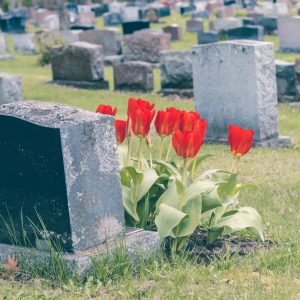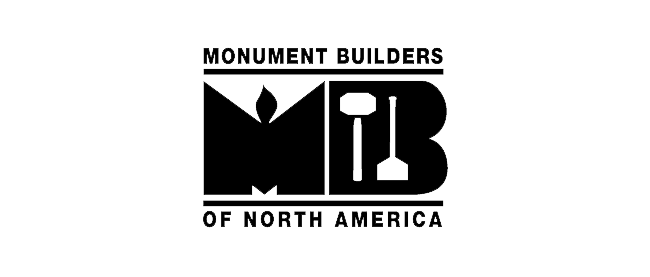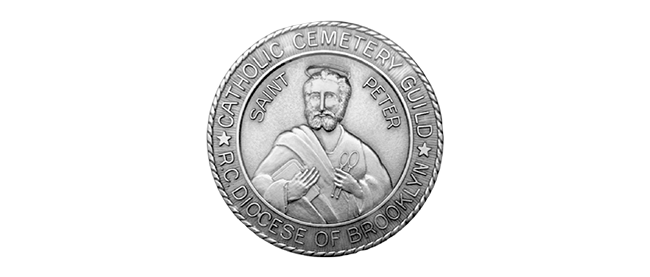5 Traditions for a Catholic Burial

Originally posted on November 20, 2019, this post has been edited for accuracy and relevancy.
Of course, funeral traditions vary across different cultures, countries and religions. These manifold customs and traditions in the wake of a loss are an essential ways for these cultures to navigate, and survive, the grieving process. Over the years, St. Charles has come to honor all of these notable religions and traditions.
As Long Island’s leading monument provider, we understand the integral importance of honoring your faith throughout times of grief. In this post, we’ll discuss the traditions of a Catholic burial, one of the foremost creeds on Long Island.
1. Before Death: Last Rites

Next, the priest will either renew the baptismal promises or recite the Apostles’ Creed. Finally, the priest will anoint the individual and offer Communion.
2. After Death: Wake Service
Catholic traditions dictate a mourning period. This differs from Jewish funeral traditions, where the burial takes place immediately after death.
It’s typical for the family of the deceased to consult a funeral home right after death. It’s important to make funeral arrangements as soon as possible.
Normally, the family organizes a vigil or wake service a few days after the death. The body undergoes embalming at a funeral home, where the service takes place.
It’s common for a friend or family member to give a eulogy in honor of the deceased as part of their mourning rituals.
During this service, those in attendance will be lead in a prayer service.
3. Funeral Services

4. Catholic Burial Traditions
Typically, the burial is reserved for family and close friends. And, it is considered the most important step in saying goodbye to loved ones.
The family accompanies the body of the deceased to the cemetery. Here, the priest leads the family in one final prayer over the body. Usually, the burial is the most difficult step for the grieving family, as this is typically where the reality of their loss becomes overwhelming.
To properly prepare the burial site, the priest will bless it. According to Catholic traditions, people may be buried in a gravesite, mausoleum, crypt, or tomb.
5. Cremation
For years, the Catholic church considered cremation unacceptable. However, in 2016 the Pope updated these guidelines to remove the stigma surrounding cremation. Cremation is embraced as a Catholic tradition provided the ashes are placed in a sacred place.
Once they’re blessed, the remains are permanently placed in the earth.
Conclusion: How St. Charles Monuments Can Help
At St. Charles, our aim is to help guide families through the most difficult period they face. No matter your faith, your desired inscription or the nuance of your customs, our staff will craft a beautiful and meaningful monument for your loved one.





